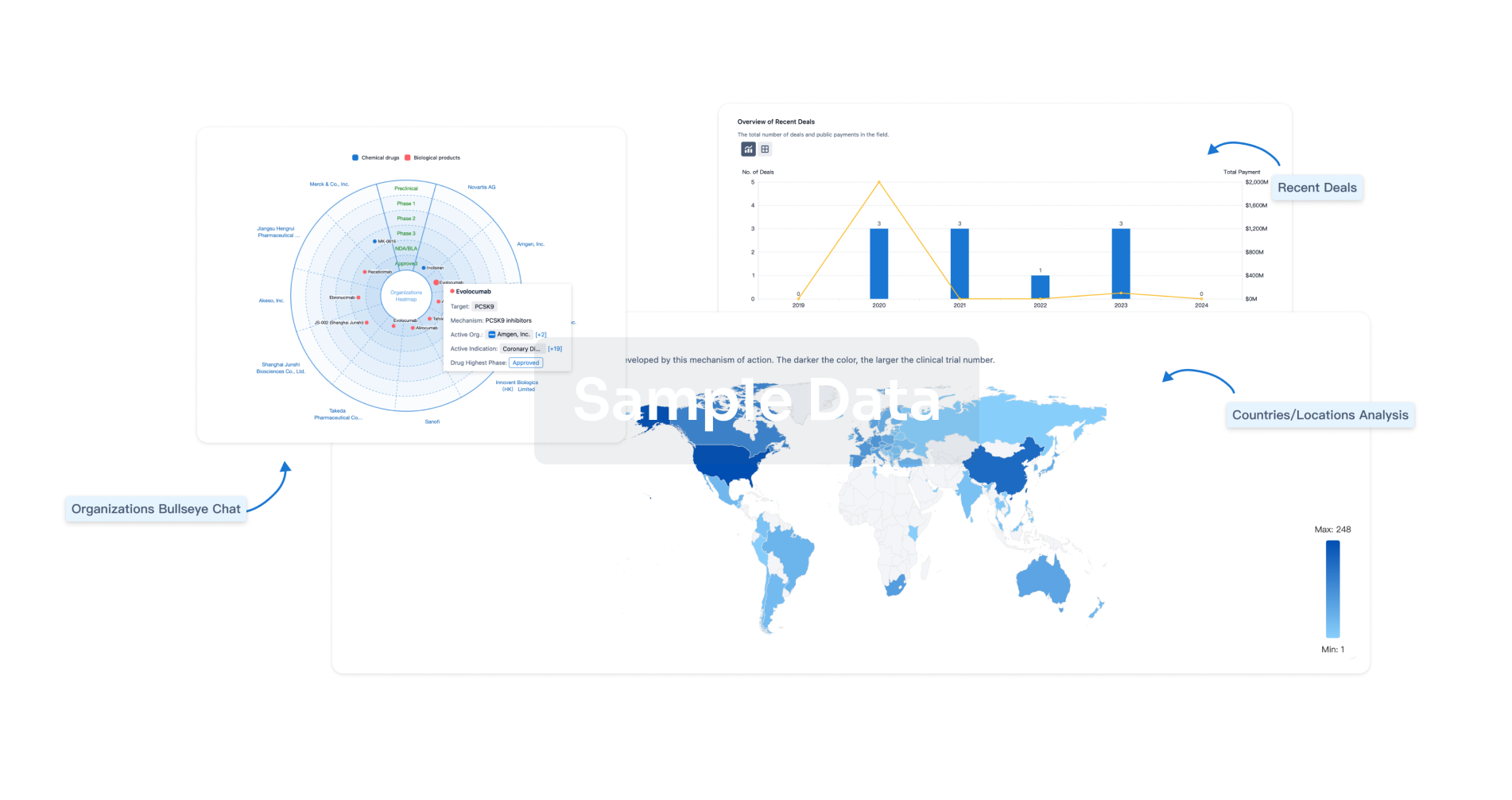Findings show that seborrheic dermatitis is a unique inflammatory skin disease with its own molecular signatureSuggests skin barrier disruption in seborrheic dermatitis is distinct with its own disease-specific pattern SAN DIEGO, Calif., March 09, 2024 (GLOBE NEWSWIRE) -- Arcutis Biotherapeutics, Inc. (Nasdaq: ARQT), a commercial-stage biopharmaceutical company focused on developing meaningful innovations in immuno-dermatology, highlights new research that, for the first time, reveals the gene expression profile of seborrheic dermatitis. The Arcutis sponsored research from The Kimberly and Eric J. Waldman Department of Dermatology at the Icahn School of Medicine at Mount Sinai was presented in a scientific session at the American Academy of Dermatology (AAD) annual meeting (San Diego, CA, March 8 – 12) and answers key questions on the immune response and associated skin barrier disruption of seborrheic dermatitis. “Our research group has had a longstanding interest in defining the immunological pathways that underlie many inflammatory skin diseases, such as atopic dermatitis and psoriasis, shaping our understanding of these diseases and leading to new treatments,” said Emma Guttman-Yassky, MD, PhD, the Waldman Professor of Dermatology and Immunology and Health System Chair of The Department of Dermatology, and Director of the Laboratory for Inflammatory Skin Diseases at the Icahn School of Medicine at Mount Sinai. “We are excited to have successfully employed noninvasive tape-stripping techniques developed from studying these diseases to study an understudied and undertreated inflammatory skin disease, seborrheic dermatitis. These findings will help establish the groundwork for greater understanding of this very common condition.” “The pathophysiology of seborrheic dermatitis has been poorly understood. We sought to understand the gene expression patterns in seborrheic dermatitis in order to determine if this profile is distinct from or similar to other immune-mediated skin conditions,” said Benjamin Ungar, MD, director of the Alopecia Center of Excellence and director of the Rosacea & Seborrheic Dermatitis Clinic at Mount Sinai Health System. “Our data reveal that seborrheic dermatitis has a distinct immunological molecular profile. In addition, the skin barrier disruption observed in seborrheic dermatitis has unique molecular underpinnings, primarily in the tight junction of the epithelial skin cells and lipid metabolism pathways. These findings are the first to characterize the molecular profile of seborrheic dermatitis, and they will play an important role in advancing our understanding of this common and under-treated condition.” Dr. Ungar is also an assistant professor of Dermatology at the Icahn School of Medicine at Mount Sinai. The data reported at AAD are from an observational study in which tape-strips were collected from facial lesions from 27 untreated patients with seborrheic dermatitis (Investigator’s Global Assessment score mild [IGA 2, n=400], moderate [IGA 3, n=19], severe [IGA 4, n=4]) and the facial skin of 18 healthy controls and analyzed with RNA sequencing (RNA-seq). Tape-strips are a non-invasive alternative to biopsy for transcriptome analysis and expression profiling. These data demonstrate that seborrheic dermatitis is an immune disease with a uniquely polarized profile distinct from atopic dermatitis and plaque psoriasis. In addition, skin barrier disruption is suggested by a downregulation of tight junction and lipid metabolism genes. Specific findings include: 1,374 differentially expressed genes (DEGs) were identified between seborrheic dermatitis and healthy controls (674 with increased expression, 700 with decreased expression).Strong and significant upregulation of Th17-related (i.e. IL23A, PI3, LL37) and Th22-related (i.e. IL22, S100A8, S100A12) pathways were detected in seborrheic dermatitis compared with controls.Seborrheic dermatitis also showed significant Th1 activation (OASL, STAT1, CXCL9) compared with controls.There was significant downregulation of skin barrier markers (CLDN1/8, FA2H, ELOVL3) in seborrheic dermatitis compared with controls.IGA positively correlated with immune markers, including Th1/IFNG, Th17/IL17A, and Th22/IL22 [r>0.3; P<0.1 for all] and negatively correlated with skin barrier markers (SMPD4, MGLL, PLA2G15 [r≤-0.38; P<0.05]). “Despite the high prevalence of seborrheic dermatitis, there has been little dedicated clinical or basic research into the underlying cause of this chronic, inflammatory skin disease for decades. Through this collaborative research effort, we have begun to shed some light on the pathways involved in the immune response and demonstrate that seborrheic dermatitis is clearly distinct from psoriasis or atopic dermatitis, which may help explain the clinical expression of the disease, and ultimately provide important insights into its management,” said Patrick Burnett, MD, PhD, FAAD, chief medical officer, Arcutis. “We are committed to advancing the scientific understanding of this disease through additional research and collaboration with the larger dermatology research and clinical community.” Mount Sinai has received grants from Arcutis for research conducted by Dr. Ungar and Dr. Guttman. In addition, Dr. Ungar and Dr. Guttman have served as paid consultants for Arcutis. About Seborrheic DermatitisSeborrheic dermatitis affects up to 10 million people in the United States, and is a common, chronic, and recurrent inflammatory skin disease that causes red patches covered with large, greasy, flaking yellow-gray scales, and persistent itch. Seborrheic dermatitis occurs most often in areas of the body with oil-producing (sebaceous) glands, including the scalp, face (especially on the nose, eyebrows, ears, and eyelids), upper chest, and back. About ArcutisArcutis Biotherapeutics, Inc. (Nasdaq: ARQT) is a commercial-stage medical dermatology company that champions meaningful innovation to address the urgent needs of individuals living with immune-mediated dermatological diseases and conditions. With a commitment to solving the most persistent patient challenges in dermatology, Arcutis has a growing portfolio including two FDA approved products that harness our unique dermatology development platform coupled with our dermatology expertise to build differentiated therapies against biologically validated targets. Arcutis’ dermatology development platform includes a robust pipeline with multiple clinical programs for a range of inflammatory dermatological conditions including scalp and body psoriasis, atopic dermatitis, and alopecia areata. For more information, visit www.arcutis.com or follow Arcutis on LinkedIn, Facebook, and X. Forward-Looking StatementsArcutis cautions you that statements contained in this press release regarding matters that are not historical facts are forward-looking statements. These statements are based on the Company’s current beliefs and expectations. Such forward-looking statements include, but are not limited to, statements regarding the genetic profile and cause of seborrheic dermatitis. These statements are subject to substantial known and unknown risks, uncertainties and other factors that may cause our actual results, levels of activity, performance, or achievements to be materially different from the information expressed or implied by these forward-looking statements. Risks and uncertainties that may cause our actual results to differ include risks inherent in our business, reimbursement and access to our products, the impact of competition and other important factors discussed in the "Risk Factors" section of our Form 10-K filed with U.S. Securities and Exchange Commission (SEC) on February 27, 2024, as well as any subsequent filings with the SEC. You should not place undue reliance on any forward-looking statements in this press release. We undertake no obligation to revise or update information herein to reflect events or circumstances in the future, even if new information becomes available. All forward-looking statements are qualified in their entirety by this cautionary statement, which is made under the safe harbor provisions of the Private Securities Litigation Reform Act of 1995. Contacts:MediaAmanda Sheldon, Head of Corporate Communicationsasheldon@arcutis.com InvestorsLatha Vairavan, Vice President, Finance and Investor Relationslvairavan@arcutis.comDerek ColeInvestor Relations Advisory Solutionsderek.cole@iradvisory.com




